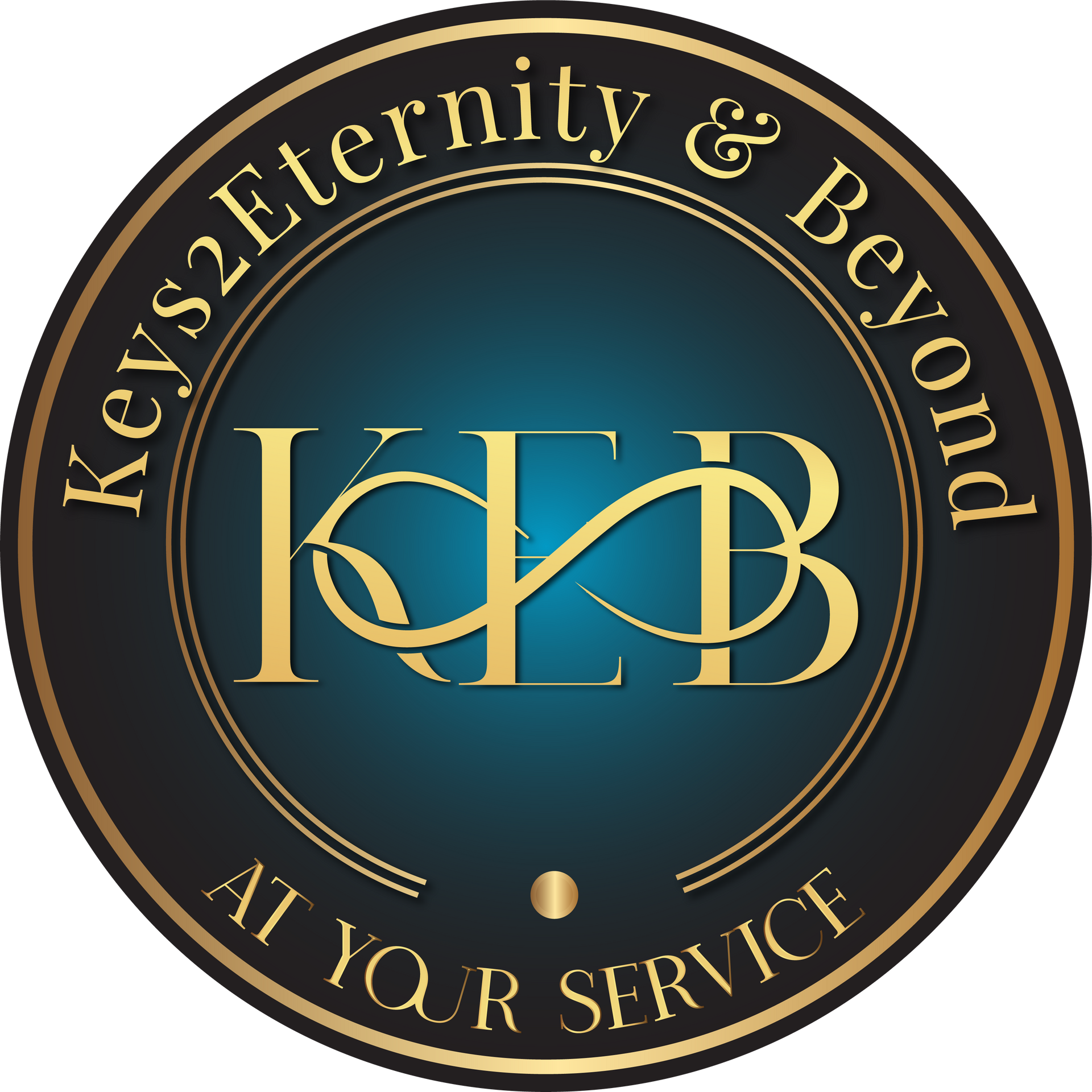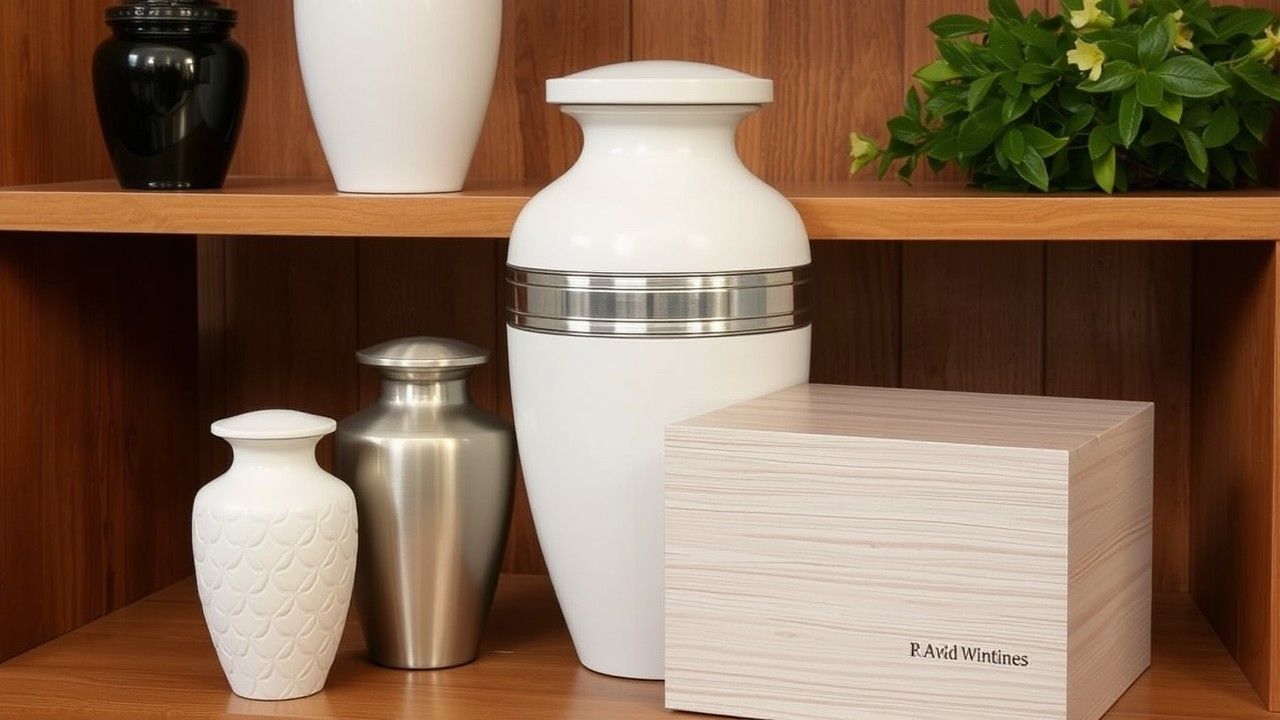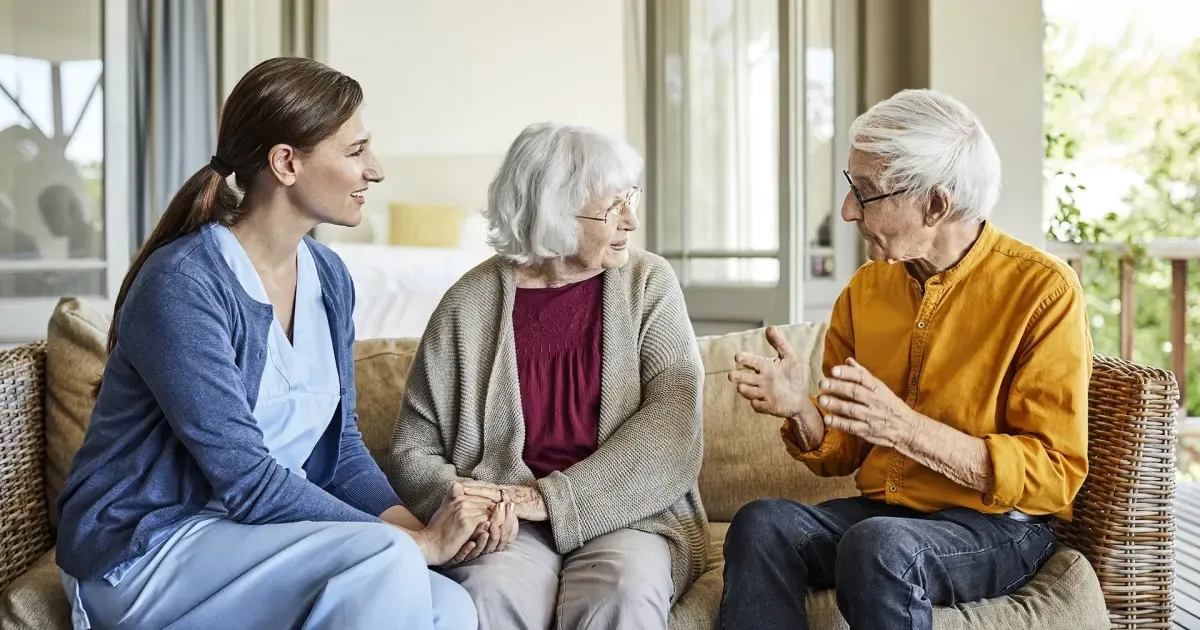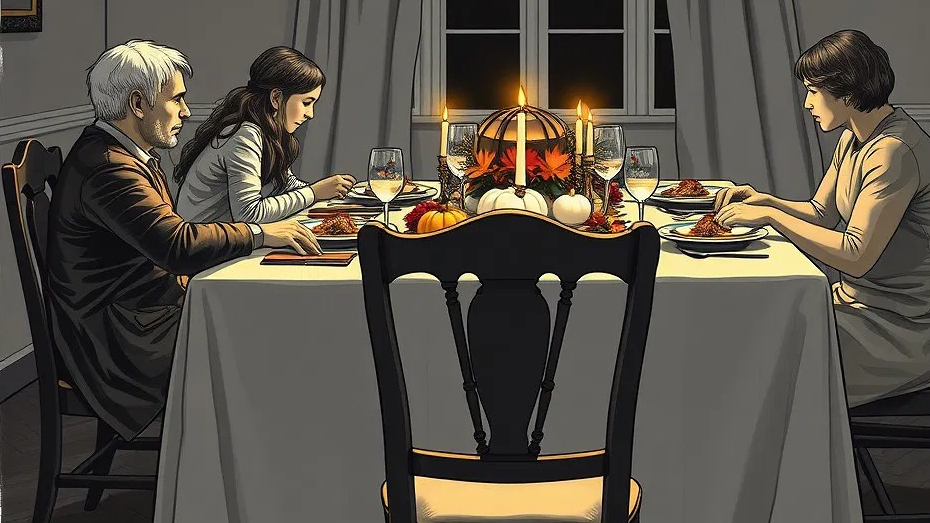Find a Trusted Proivder
Helpful Links

Business Hours
- Mon - Fri
- -
- Sat - Sun
- Closed

Share This Article
As more people continue to embrace cremation over traditional burial, urn manufacturers continue to thrive. Today, there are hundreds and thousands of urn designs made from various materials and in different shapes, sizes, and colors.
Still, not everyone understands the different types of cremation urns available, and even the vast majority who chose them don't fully understand their history. To this end, we will explain everything you need to know about cremation urns, their origin, material, types, and more.
A Brief History Of Cremation Urns
With the increased popularity of cremations, few wonder if the concept of reducing bodies to ashes is a modern trend. A little research shows that cremation has been a common practice for thousands of years. When archeologist Jim Bowler discovered the remains of Mungo Lady near the banks of Lake Mungo in Australia circa 1968, final tests showed that she was cremated twice before interment.
According to history, cremation was a Greek cultural ritual widely practiced by the military before it was introduced to the rest of the world in 1000 BCE. Soldiers slain on duty were burnt to ashes, and their remains were placed in a unique vessel to lessen the cumbersome nature of transporting bodies. The vessels used were vase-shaped, what we now know as urns.
For personalization, urns were engraved with the deceased's details kike name, death of birth, and death of date. Initially, cremation was associated with paganism, so when Christianity spread in the early centuries, many readopted the traditional burial option.
Following the publication of Dr. Sir Henry Thompson’s book Cremation: The Treatment of the Body After Death in the 1870s, the practice re-emerged and became popular in the Western world. Eventually, a British court legalized cremation, making it the official alternative to burial in England and the United States.
Today, cremations are accepted universally, and there are different reasons why people choose it over burial. For the most part, fewer religious restrictions on cremations mean it's a preferred choice for most people. People now want their loved ones' ashes placed in an urn or shared with different family members, in which case they would be kept in keepsake urns. Others wish to get their ashes scattered in designated places, while others prefer to transform their remains into unique artifacts.
There are also the green movement crusaders who are taking their campaign to the grave (pun intended) to save Mother Earth. According to the National Funeral Directors Association (NFDA), the trend will see an estimated
2.8 million cremations per year by 2035.
So What Are The Different Types of Urns Available Out There?
Urns come in different designs, are made of different materials, and are often used for different purposes. Below are some of the popular cremation urns used by the vast majority of consumers today.
Individual Urns
Used mostly by families to store their loved one's remains. Individual urns are full-size or single-capacity vessels with interior volumes measuring 190 to 260 cubic inches, equivalent to a pound of body weight. For example, if the deceased weighed 150 pounds, they'd need an urn with a volume of 150 cubic inches. Individual urns can be plain or customized with unique engravings or emblems based on personal preferences.
Companion Urns
When two family members are cremated and wish to have their remains kept in a single urn, a companion urn is the ultimate vessel. It perfectly describes two people who wish to keep each other company even in death. Companion urns are dual-capacity vessels of 400 and 450 cubic inches. The interior is often designed with two chambers to hold the remains separately within the vessel.
Keepsake Urns
Keepsakes are for keeping a portion of a loved one's remains. When someone prefers to have their ashes scattered, the family may retain a small portion as a keepsake. Alternatively, the ashes may be shared among surviving family members as a souvenir and for maintaining a physical connection with the deceased. Keepsakes are available in different designs and can be made according to family preferences.
Specialized Urns
Reputable urn makers often offer an assortment of specialty urns in addition to the regular options mentioned above. Specialized urns are used under sensitive circumstances, such as after the loss of a child or pet. For child and infant urns, bereaved parents can use them to preserve the memory of their baby. They can be themed or personalized to resonate with the child's spirit.
Another example of specialty urns is those used to store the remains of a beloved pet. These are crafted with utmost care, keeping the family's desires in mind. Pet urns can house the remains of a beloved fur baby or horse, complete with their collar, favorite toy, or tail.
Eco-Friendly Urns
Otherwise known as biodegradable urns, these options are for the green movement enthusiasts desiring to save the earth, even in death. They can be made from recycled paper, rock salt, cornstarch, and other natural materials. Since these materials degrade and decompose faster, they're preferred by those keen on leaving little to no environmental footprint through natural funerals.
Water-soluble Urns
Water-soluble urns are biodegradable funeral containers used for burying cremated remains in water. Once the urn is placed in water, it sinks gradually, causing the bottom to disintegrate and allowing the remains to dissolve in water. As this happens, the family witnessing the process can say their final goodbyes before the top of the vessel disappears underwater.
Cremation Jewelry
Cremation jewelry are ornaments made from a loved one's remains. They can be rings, pendants, necklaces, or bracelets designed from the cremated ashes. Families who want to maintain the physical bond can wear these remembrance jewelry wherever they go.
Personalized Urns
Most of us can attest that funerals are never complete without personalization. By personalization, we mean the unique engraving on grave monuments featuring the name, age, and date of death of the deceased. Today, many people prefer similar personalizations on cremation urns, going as far as adding photos and plaques besides nameplates. These additions not only breathe life into their loved ones' memories but also turn them into objects of beauty.
What Are Cremation Urns Made Of?
Urns aren't ordinary, one-size-fits-all containers. As with other funeral products, the type of material matters when making a selection. Like caskets, urns are made from various materials of varying quality levels. Silhouette urns belong to the box and vase-shaped classics known for their traditional aesthetic appeal.
On the other hand, smooth and sleek finishes are synonymous with contemporary designs that modern families prefer. These masterpieces are the result of creative workmanship of talented artisans. Due to its durability, metal has been the most popular choice of material for cremated urns. Today, we have cremation vessels made from different types of materials, including:
- Marble: Preferred by families looking for a long-lasting home for their loved ones ashes.
- Wood: Perfect for that beautiful, natural look.
- Ceramic: Offers a great choice of styles and colors.
- Plastic: For those looking for sturdy yet cheaper and flexible alternatives.
- Biodegradables: For the environmentally conscious.
Conclusion
As you work on finding the perfect resting place for your loved one, choosing the most suitable cremation urn is a meaningful step. You can pick a classic design or go for a more personalized touch. Remember that these vessels are more than just a resting place—they represent a cherished memory.
Explore our comprehensive directory ofskilled urn designers and discover various beautiful options that suit your preferences.
Find an artisan in your local area and create a lasting tribute that reflects your loved one's unique legacy.
Related Articles
Related Articles





